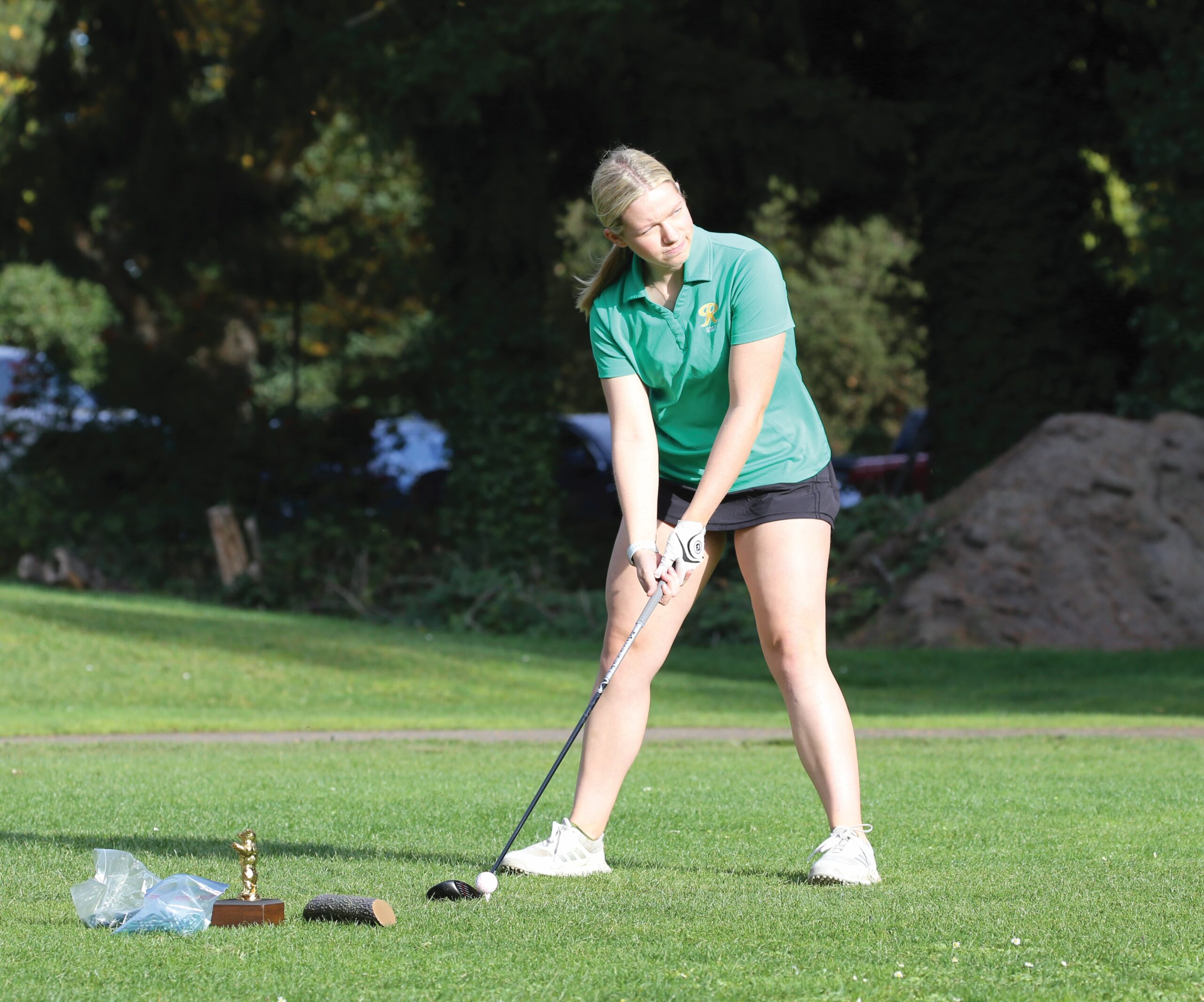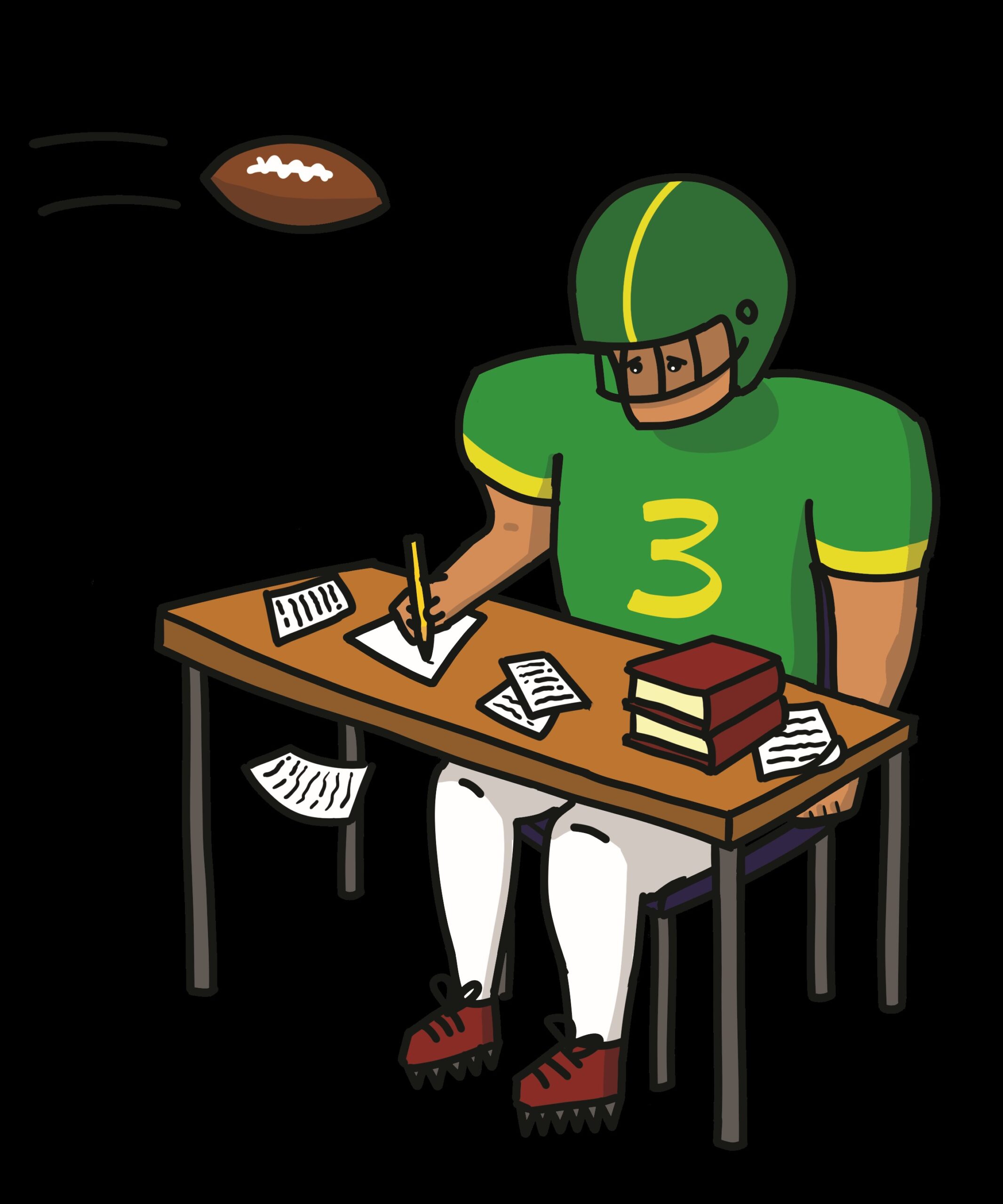If you are like me, your conversations have recently been dominated by one thing. It seems to be all anyone can talk about. My friends in the hallway, my obscure relatives eating turkey, even my teachers as they shuffle papers, every conversation I have seems to be gravitating towards this topic. You guessed it: college.
Every person seems to have different advice about how to get into your dream college and what college that should be. To be honest, I’m very tired of it, so today instead of discussing my plan and pathway to college, I am here to discuss something I have never done, sports.
Again, if you’re like me, you hadn’t really considered sports as a viable way for you personally to get to college. However, for many high school seniors this is the dream they have been working toward. Kohl Peterson, a senior who plays baseball and basketball, says, “Pretty much my whole goal, for playing baseball, was obviously to be able to play baseball in college. But also, I wanted to find a situation where my parents wouldn’t have to pay that much for college.”
Of all the students I spoke to, all seemed to number scholarships very highly on their list of why they wanted to pursue sports in college. Clara Rasmussen, also a senior, said she committed to University of San Diego not only because their majors were the best fit for her, but they offered the most money. Unfortunately, while there is a high demand for scholarships, they are in low supply. According to US News and World Response, there are 138,000 athletic scholarships available for DI and DII schools. This is a lot less then it sounds given that nearly 8 million high schoolers participate in athletics. Furthermore, scholarships are only guaranteed for one year, which means grades, injuries, or any number of issues could stop an athlete’s scholarship money, making relying on scholarships a bit of a risk.
Deciding to pursue sports in college is a complicated and big decision-making process. Jena Williams, a Roosevelt senior and varsity volleyball player, spoke about visiting the campus and really getting to know the team and the coach before making her choice. She is now verbally committed to University of Puget Sound for volleyball, (this means she has stated she will go but it is not legally binding.) She says, for volleyball, one will typically hear from a college in one’s junior year. When asked how the people around her reacted when they found out she committed she says, “My parents were pretty ecstatic, they were really excited just to know that I was going to get to play volleyball in college because it’s what I’ve wanted for so long.”
Rasmussen also describes being very proactive in her search for her perfect college, “I researched places with a good rowing program, I emailed and called coaches and I visited campuses. When asked what her best recommendation would be to people interested in pursuing collegiate sports Rasmussen says, “I would say that it’s never too late to email a coach. I actually didn’t email University of San Diego until a year after I should have.”
Kohl Peterson, who is committed to Seattle University, recommends being ready for a “grind.” “If you want to play college baseball there’s going to 6am workouts, if you want to pursue it by all means go for it but you have to be willing to put in a lot of work.”
In talking to various people about their sports commitments, I learned a lot about the entire process; how to navigate coaches, scholarships and offers. It’s important to highlight the diversity of ways Roosevelt students are choosing to spend their time in college and the process through which seniors are finding their ideal path to higher education.


